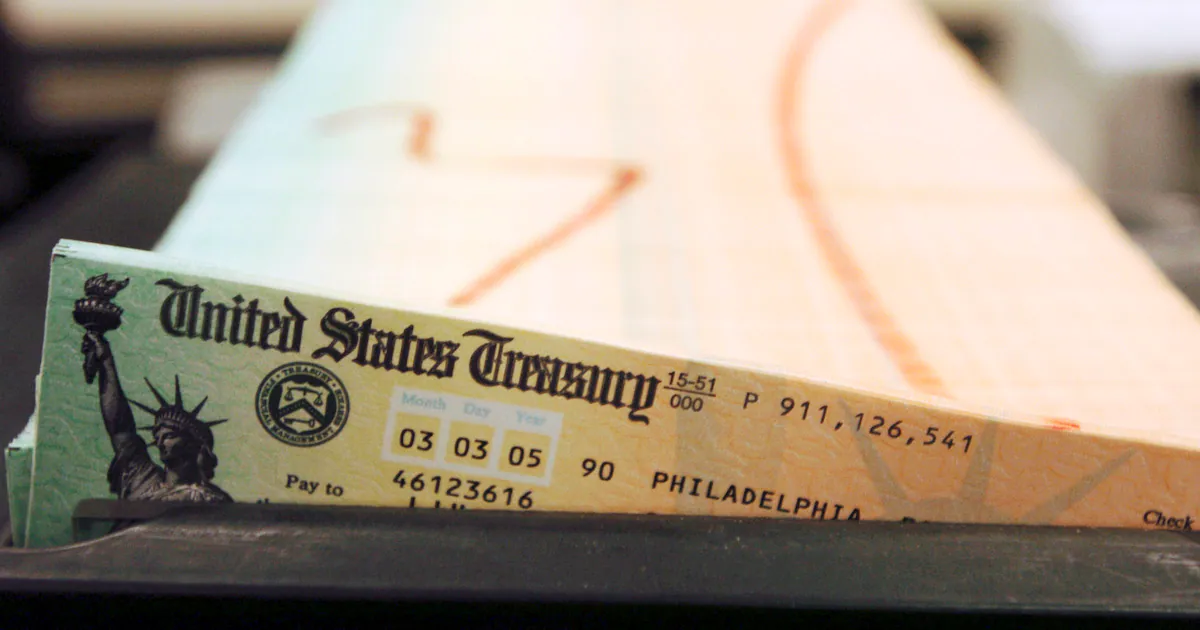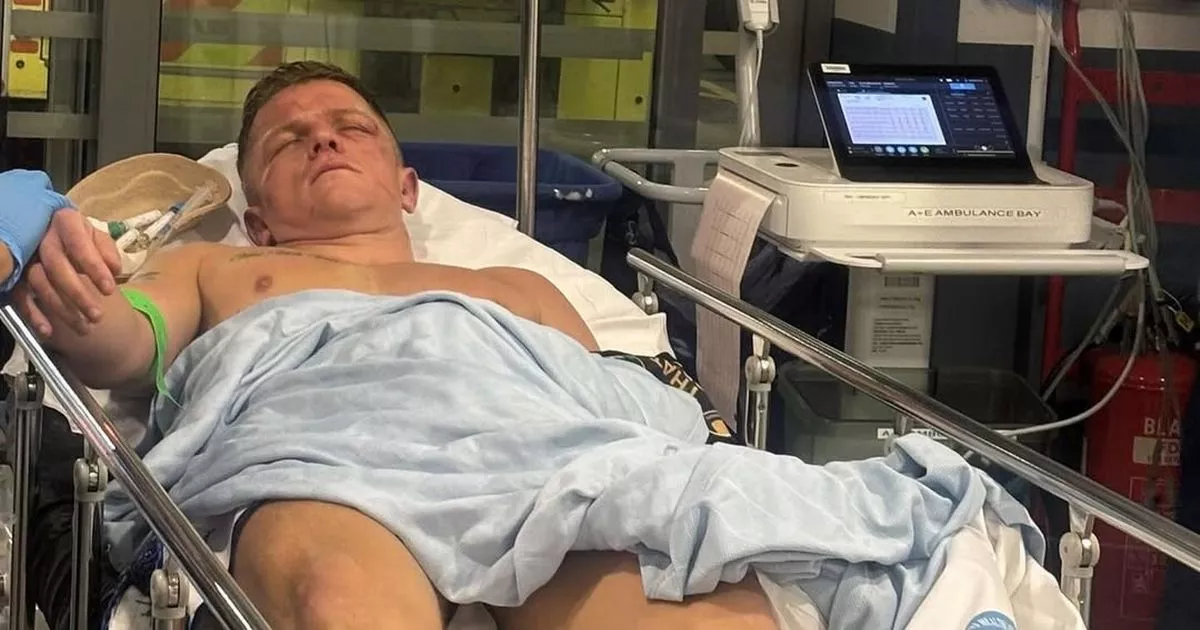
The Treasury Department will stop issuing paper checks for tax refunds, Social Security payments and most other government programs on Sept. 30 as part of an executive order aimed at modernizing the government.
While experts widely agree that electronic payments are faster to process, and less susceptible to fraud and theft than paper checks, advocates who work with the small percentage of those who still receive checks say the change is being rushed out and worry that some beneficiaries won’t learn of it unless their payment doesn’t show up.
More than 5 million people still receive physical checks from the government, a group largely composed of seniors, people with disabilities, immigrants and others without bank accounts – “populations that may be more challenged by having to change the way they receive their federal benefits,” said Jennifer Tescher, founder of the nonprofit Financial Health Network.
Reducing paper checks has been a long-standing bipartisan goal, Treasury officials said. Checks are much more likely to be reported lost, stolen, altered or returned undeliverable compared with electronic payments, the officials said. Check fraud has increased in recent years: Banks issued 680,000 reports of check fraud in 2022, nearly double that of 2021, according to a White House fact sheet.
Plus, electronic payments are more cost-efficient – less than 15 cents per transaction compared with 50 cents to issue a check. The government estimates the move will save millions of dollars a year.
Treasury in July began mailing beneficiaries information about the Sept. 30 deadline with instructions about alternate payment options. The administration also is sending mass emails, social media posts and updating call-center scripts to raise awareness about the change, officials said.
But Kathleen Romig, a former Social Security Administration official who now works for the left-leaning Center on Budget and Policy Priorities, said people still might not be aware they need to sign up for an alternate payment method or be able to do so quickly.
The government has provided a phone number people without bank accounts can call if they’d like to sign up for a Direct Express card, a debit card-like offering that can be reloaded by the government. Romig said she called the number in late August: “I couldn’t get through to a person,” she said.
“Some people are just not going to be able to manage the steps,” Romig said.
There also could be complications down the line if people don’t fully understand how Direct Express cards work, some advocates said. Millions of debit cards with stimulus money were mailed out during the covid-19 pandemic. But they were delivered in plain envelopes without government insignia, and some Americans mistook them for junk mail.
Congress passed a law in the 1990s to phase out checks for many payments, though not tax refunds. The effort has been largely successful: About 94 percent of all refunds, or about 81 million out of 86 million payments, were issued with paper checks in the 2025 filing season. Fewer than 1 percent of the people receiving payments from the Social Security Administration, Railroad Retirement Board or Defense Department get paper checks, according to agency spokespeople.
“This is really the toughest nut to crack: this last 1 percent or less than 1 percent,” Romig said.
The administration has said that waivers will be available for beneficiaries with certain hardships, such as remote living arrangements or mental impairments, though they will be granted in “rare circumstances.” Adults 90 and older also can request an exemption. It’s unclear whether the same criteria and process will be used for tax refunds.
The Treasury Department is “committed” to helping “address financial access for unbanked and underbanked populations,” officials said.
A spokesperson for the Social Security Administration said it is “proactively” contacting beneficiaries to alert them of the change. “Where a beneficiary has no other means to receive payment, we will continue to issue paper checks,” the spokesperson said.
The Defense Finance and Accounting Service will also keep issuing paper checks “when necessary” and will increase its communications with payees, said agency spokesperson Steve Burghardt.
People who receive paper checks must typically self-certify that they face certain hardships. They are often lower-income or lack identification cards, don’t have a history of good credit or other requirements needed to open a bank account, advocates say.
Maybe “they don’t have enough money to do an initial deposit or they don’t have reliable transportation to get them to the bank to get things set up,” Romig said.
Others are skeptical of electronic payments because of the potential for digital scams, said Daniel Hauffe, with the Association of International Certified Professional Accountants.
Eduardo Santana, who leads a program that provides free tax help to older adults and low-income people, said about 40 percent of people assisted this past tax season opted for direct deposit or direct debit. The program is offered by the Seniors Council of Santa Cruz and San Benito Counties.
It’s “going to create a lot of stress and a lot of anxiety,” he said of the change. “I don’t think that there’s going to be more people hired today at Social Security or at the IRS to be able to answer the calls that are going to be coming in” asking where refunds or other payments are.
Maria – a seamstress and a single mother in California – has a bank account but said she generally avoids using it because she worries it will put her and her family at greater risk of attracting scrutiny from immigration authorities (her last name is not included because she is undocumented). The 34-year-old likened her tax refunds to a financial lifeline that helps cover expenses such as rent, utilities and clothing for her four children.
“It feels like they’re shutting the doors around us on all sides,” she said.
Romig said the government should concentrate on getting new enrollees signed up for electronic payments, rather than going to “extraordinary effort” to change the process for “grandma, who’s 95 years old.”
“Maybe for some of these cases, it makes sense just to leave well enough alone,” Romig said.
– – –



